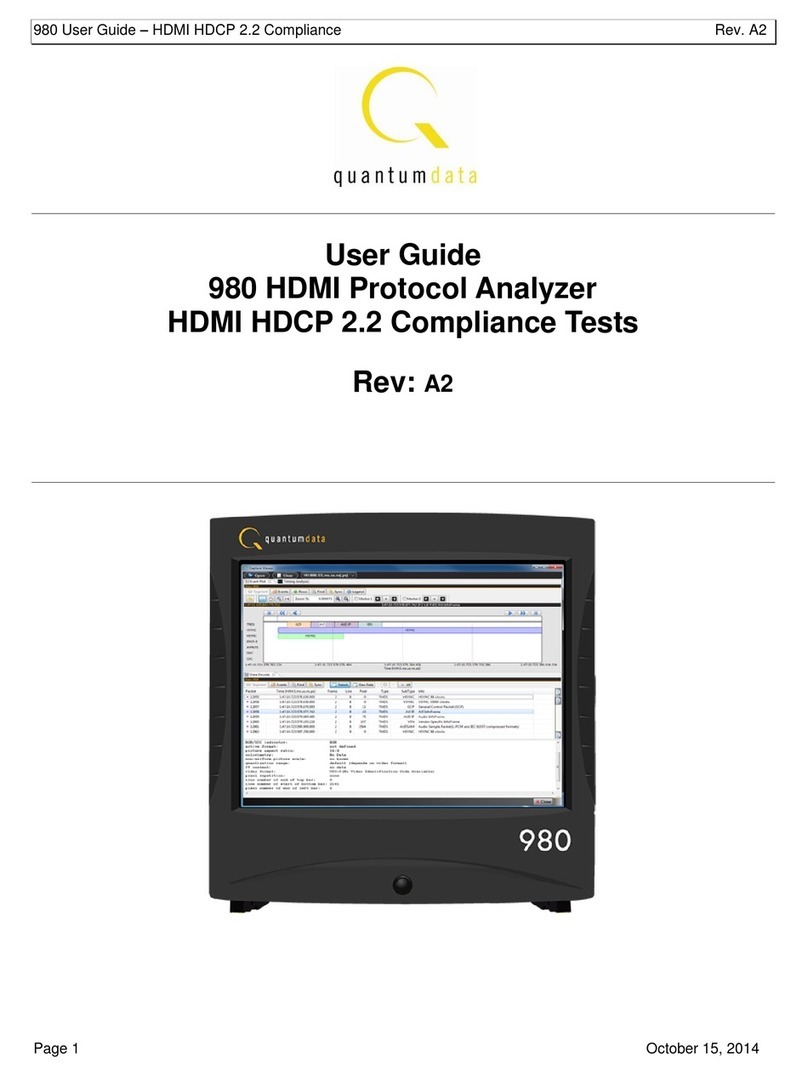
window. Continue to hold the measure control to obtain updated readings.
Calcu-Light automatically remembers the last light reading taken. To recall this reading press the MEMORY
control. The digital light value indicated will not be changed by pressing MEMORY.
Set the digital readingobtained into the dial by turning the dial rim. Use the incident window or the reflected
window pointer correspondingto the mode selected. The calculator dials should now show the correct combinations
of corresponding shutter speed, lens f-numbers, and cine (frames per second) values for the digital light value
indicated. Exposure values (Ev) also appear.
All line markings on the dials are for one Ev, or stop, apart. Dot markings are 1/3 Ev increments, or 1/3 stop each.
The digital numbers of Calcu-Light are also a sequence of 1/3 stop increments of light value.
Sections 7 and 10 give more detailed information about the digital and dial readouts.
5. EXPOSURE MEASUREMENT
Photographic light readings taken with Calcu-Light are categorized as reflected or incident light measurements. The
system accessory attachments described in Section 8 provide for special types of measurements within those two
categories.
Incident readings measure the light received by the subject from the (180°) hemisphere in front of the subject
(towards the camera). To take the reading, use the diffusing dome of the light turret by mounting it over the mark
on the instrument. Hold Calcu-Light at the subject position and point the center of the diffusing dome towards the
camera position.
Be sure to avoid blocking any light sources. Take your reading and set the dials as previously described.
An incident reading is reliable and accurate because it is a measurement of light from its source, before it is reflected
and modified by the subject. The reading is not affected by the subject's color, tone or other reflectance qualities.
The resultingexposure places tones in the final picture (more or less) as they appear to the eye.
Reflected light readings, on the other hand, are essential for either convenience or special applications. They
measure light reflected by a subject in a specific direction. To take a reading use the lens of the turret by mounting it
over the mark on the instrument. Point Calcu-Light towards the subject from the direction of the camera. You
may measure the subject up close or from far away, but do not block the light sources. Take your reading and set the
dials as previously described.
A reflected light readingis calibrated to an average tone, defined as 18% grey. A reflected readingof an 18% grey
card will result in the same exposure as an incident readingof the light source. And, the subject will be rendered as
18% grey in the final print.
A reflected readingof any subject results in an exposure that tends to render that subject as an "average" tone. That
is why reflected readings of predominately bright, or dark, subjects do not generally yield the best exposures. They
must be interpreted and modified. For general purposes incident readings are preferred.
Reflected light readings, however, are essential when the subject position is inaccessible for incident readings, and
when the subject is itself a light source. They are useful for contrast and zone measurements to within 1/3 of a zone,
or stop.
6. BATTERIES
























